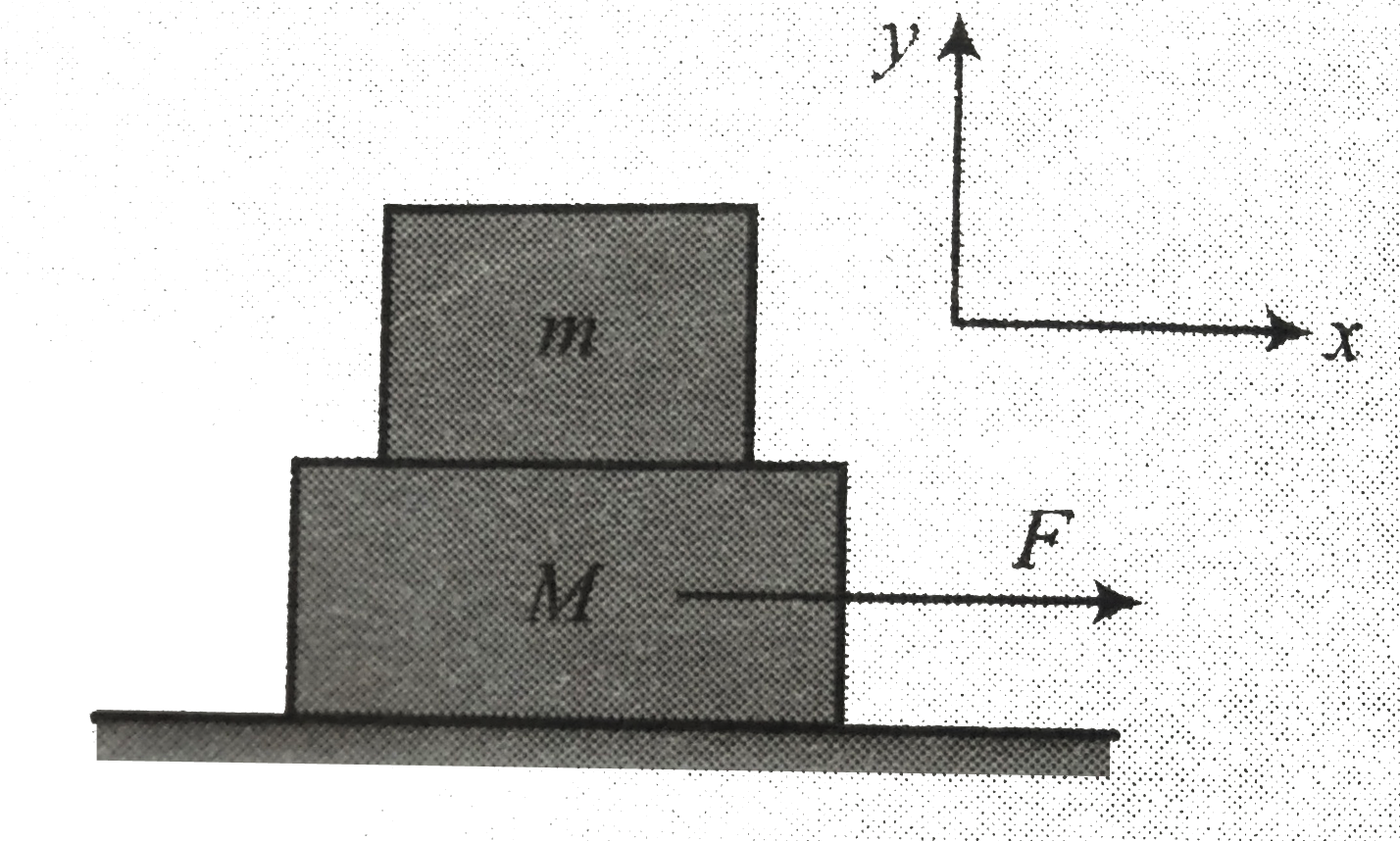If force F is applied on a body and it moves with a velocity v, the power will be
F/v
F×v
F/v2
F×v2
To solve the problem of finding the power when a force F is applied to a body moving with a velocity v, we can follow these steps:
1. Understanding Power:
Power is defined as the rate at which work is done. Mathematically, it can be expressed as:
P=Wt
where P is power, W is work done, and t is the time taken.
2. Work Done by a Force:
The work done W by a force F when it moves an object through a distance d in the direction of the force is given by:
W=F⋅d
If the force is applied and the object moves with a constant velocity v, then the distance d can be expressed in terms of velocity and time:
d=v⋅t
3. Substituting Distance into Work Done:
Now, substituting d into the work done equation, we have:
W=F⋅(v⋅t)=Fv⋅t
4. Calculating Power:
Now, substituting W into the power equation:
P=Wt=Fv⋅tt
The t cancels out, giving us:
P=Fv
5. Final Expression for Power:
Therefore, the power when a force F is applied to a body moving with velocity v is:
P=F⋅v
Conclusion:
The correct answer to the question is that the power will be F⋅v.
---
Power is defined as the rate at which work is done. Mathematically, it can be expressed as:
P=Wt
where P is power, W is work done, and t is the time taken.
The work done W by a force F when it moves an object through a distance d in the direction of the force is given by:
W=F⋅d
If the force is applied and the object moves with a constant velocity v, then the distance d can be expressed in terms of velocity and time:
d=v⋅t
Now, substituting d into the work done equation, we have:
W=F⋅(v⋅t)=Fv⋅t
Now, substituting W into the power equation:
P=Wt=Fv⋅tt
The t cancels out, giving us:
P=Fv
Therefore, the power when a force F is applied to a body moving with velocity v is:
P=F⋅v
The correct answer to the question is that the power will be F⋅v.
Topper's Solved these Questions
- SELF ASSESSMENT PAPER 4BOOK - ICSECHAPTER - SELF ASSESSMENT PAPER 4EXERCISE - Section-A
7 Videos
- SELF ASSESSMENT PAPER 4BOOK - ICSECHAPTER - SELF ASSESSMENT PAPER 4EXERCISE - Section-B
13 Videos
- SELF ASSESSMENT PAPER 3BOOK - ICSECHAPTER - SELF ASSESSMENT PAPER 3EXERCISE - Section-D
6 Videos
- SELF ASSESSMENT PAPER 5BOOK - ICSECHAPTER - SELF ASSESSMENT PAPER 5EXERCISE - Section-D
6 Videos
Similar Questions
Knowledge Check
A body of mass 5 kg is moving with a velocity of 20 m/s. If a force of 100 N is applied on it for 10 s in the same direction as its velocity, what will be the velociy of the body ?
A200 m/sB220 m/sC240 m/sD260 m/s
A force is applied on a body of mass 20 kg moving with a velocity of 40ms−1. The body attains a velocity of 50ms−1 in 2 second. Calculate the work done by the body.
View SolutionWhen a constant force is applied to a body, it moves with unifrom
View SolutionA body of mass m is moving with a uniform velocity U. A force is applied on the body due to which its velocity increases from u to v: How much work is being done by the force ?
View SolutionWhen a force is applied on an object and if the body moves in the direction of applied force, work is said to be done.
View SolutionA body of mass M moving with velocity V explodes into two equal parts. If one comes to rest and the other body moves with velocity v, what would be the value of v ?
View SolutionA constant force (F) is applied on a stationary particle of mass m, the velocity attained by the particle in a certain interval of time will be proportional to
View SolutionA force acts for 0.1 s on a body of mass 2 kg initially at rest. The force is then withdrawn and the body moves with a velocity of 2 m/s. Find the magnitude of force.
View Solution

